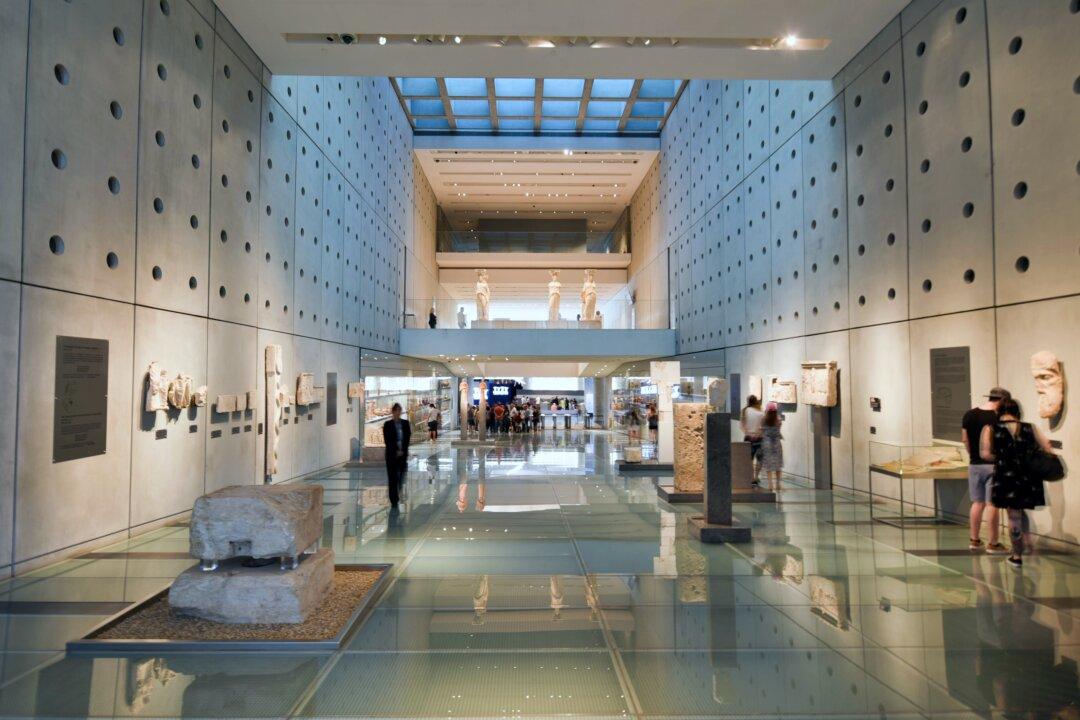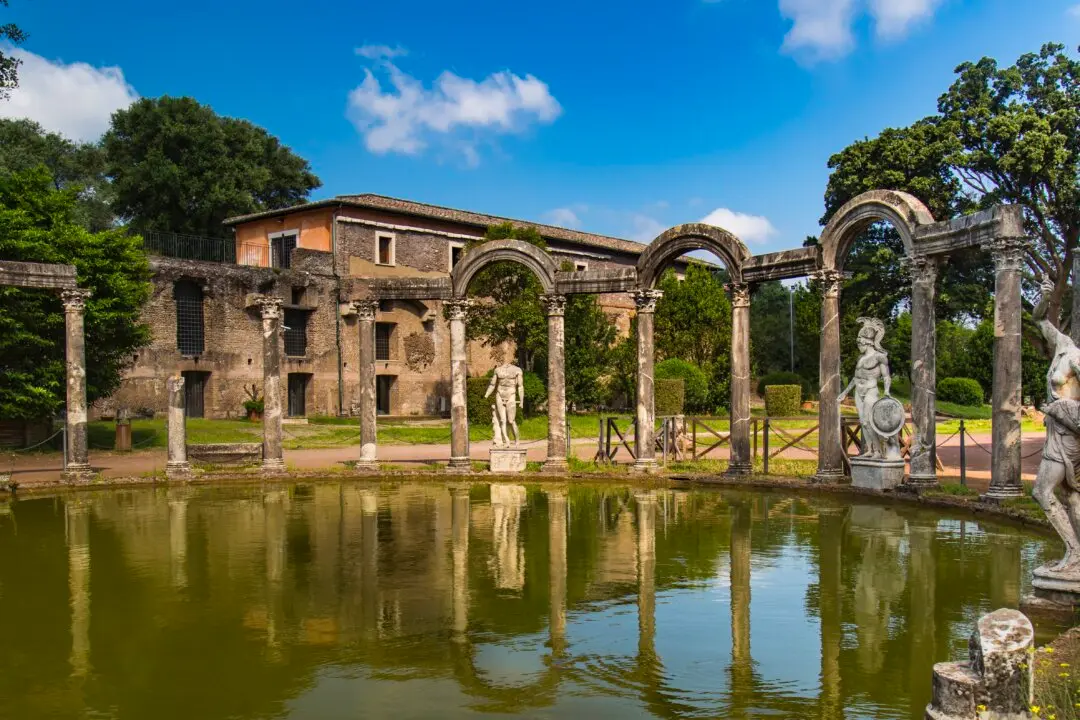A century and a half ago, Athens was a humble, forgotten city of about 8,000 people. Today, one out of every three Greeks packs into this city of over 3 million.
The city is infamous for its sprawl, noise, and pollution. For a long time, my advice was to see the big sights, then get out. (The islands of the Aegean Sea are just a few hours away, and the Peloponnesian Peninsula, full of natural, historic, and cultural wonder, is just a couple hours’ drive south.) But over the years, Athens has dramatically changed. There are now trendy neighborhoods filled with edgy street art and creative eateries just a short walk from the famous sights and museums. And the city has made a concerted effort to clean up and pedestrianize the streets, spiff up its museums, build a new airport, and invest in one of Europe’s better public-transit systems.
Athens has a lengthy history. You'll walk in the footsteps of the great minds who created democracy, philosophy, theater, and more...even when you’re dodging motorcycles on “pedestrianized” streets. Romantics can’t help but get goosebumps as they kick around the same pebbles that once stuck in Socrates’ sandals, with the floodlit Parthenon forever floating ethereally overhead on the Acropolis hill. Gleaming like a beacon above the congested sprawl of modern Athens, the mighty Parthenon—the most famous temple on the planet—is an enduring symbol of ancient Athens’ glorious Golden Age nearly 2,500 years ago.
The major monuments of the Acropolis have struggled to survive. While the Persians, Ottomans, and British were cruel to the site in the past, the greatest dangers it faces now are acid rain and pollution. Consequently, the art treasures that once decorated the temples of the Acropolis are gone—they now enjoy the protective cover of nearby museums. And ongoing restoration means you’ll see lots of scaffolding. But even that can’t take away from the greatness of the Acropolis. I like to visit late in the day, as the sun goes down, when the white Parthenon stone gleams a creamy golden brown.
Along with the stunning Acropolis, there’s the Ancient Agora just below. While the Acropolis was the city’s ceremonial showpiece, it was the Ancient Agora that was the real heart of classical Athens. For some 800 years, it was the hub of all commercial, political, and social life, as well as home to much of the city’s religious rites. Little survives from the classical period. Other than one very well-preserved temple and a rebuilt portico, it’s a field of humble ruins nestled in the shadow of the Acropolis. But that makes it a quiet, uncrowded spot to wander and get a feel for the ancients.
North of the city center is the world’s best collection of ancient Greek art, the National Archaeological Museum. It takes you from 7000 BC to AD 500, from prehistoric and Mycenaean artifacts to the evolution of classical Greek statuary.
This museum now has a worthy competitor—the Acropolis Museum, built in a neighborhood just below the Parthenon. It fills an aching void, preserving and displaying cultural treasures once held prisoner in a musty old museum atop the Acropolis next to the Parthenon.
The striking, glassy building—designed by Swiss-born, New York-based architect Bernard Tschumi—gives a postmodern jolt to Athens’ otherwise staid, mid-century-concrete cityscape, even as it echoes the ancient history all around it.
This is a world-class space, custom-built to showcase the Parthenon sculptures, along with truckloads of other artifacts, all complemented by modern exhibits. Its two lower levels are aligned with the foundations of the ancient ruins beneath the building (which you’ll see as you walk above the site on glass floors). The top floor sits askew, mirroring the orientation of the Parthenon.
The Acropolis Museum also has an agenda: to win the famous Elgin Marbles (the Parthenon sculptures) away from London’s British Museum. In the early 19th century, the British ambassador to the Ottomans, Lord Elgin, got permission to strip marble panels from the Parthenon and take them to England.
For years, the Greeks have asked for the marbles back, and for years, the Brits have responded with claims that Greece can’t give them a suitable home. Now, even though this state-of-the-art facility is ready and waiting, it still seems unlikely that the marbles will be returned anytime soon. Britain is reluctant to give in, for fear of setting a precedent...and getting notices from Italy, Egypt, Iran, Iraq, and all the other nations who'd like the missing pieces of their cultural heritage back. But even without the Marbles, this new museum captures the timeless splendor of ancient and modern Athens.





